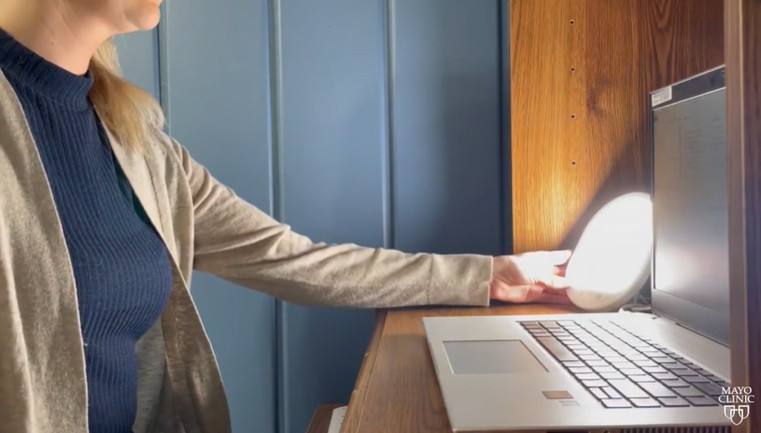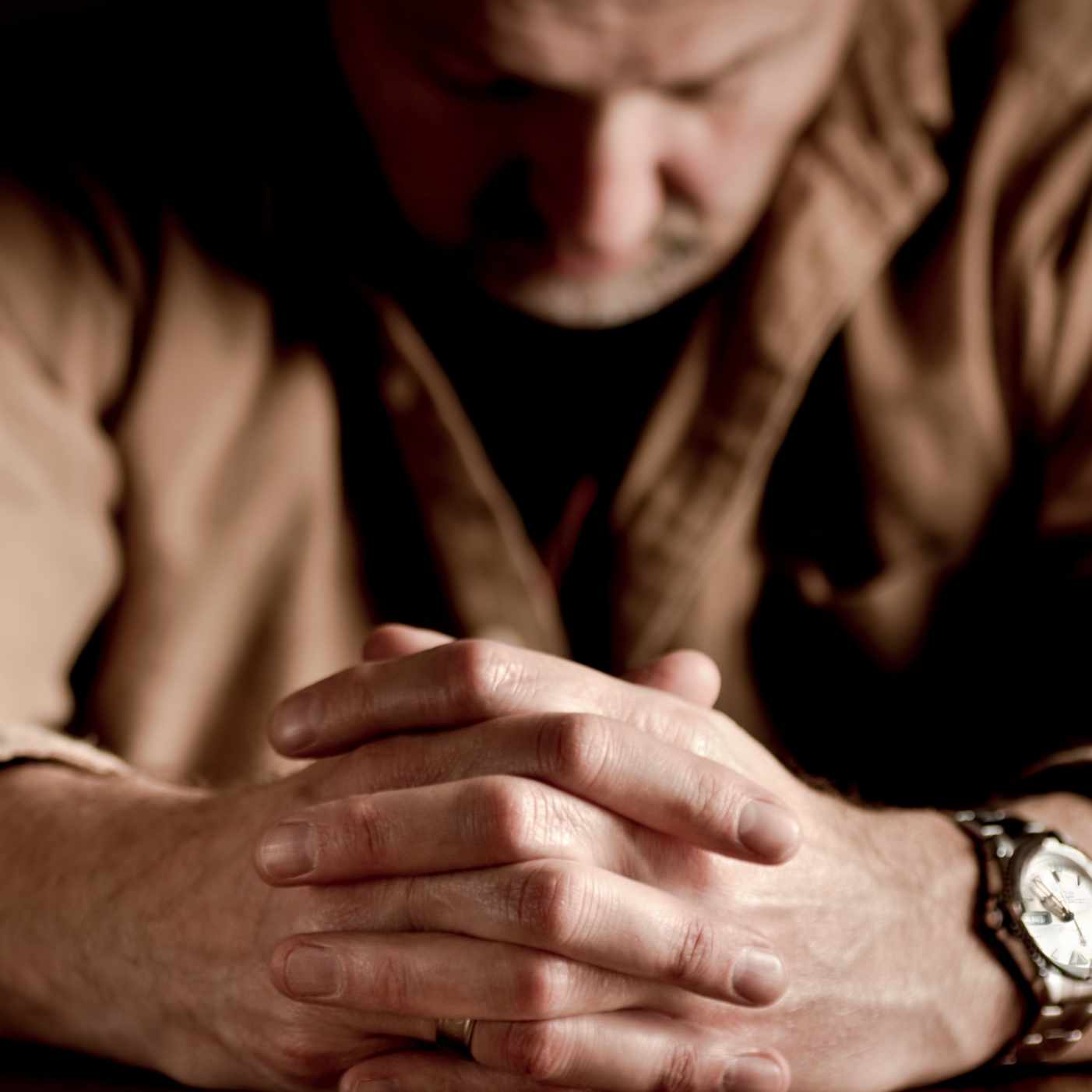-
Mayo Clinic Q&A: Seasonal affective disorder is more than feeling sad

DEAR MAYO CLINIC: I love the fall, but I dread the shorter days and how I feel. I've read about seasonal affective disorder, but could you please tell me more about it?
ANSWER: Seasonal affective disorder, or SAD, is a type of depression that's related to the changes in seasons. Symptoms typically appear in the fall, worsen through the winter months and eventually go away in the spring or summer. The answers to these questions should help you better understand SAD and determine if you should seek care.
What are the possible causes of SAD?
While the exact cause is unknown, it may be linked to reduced sunlight, which reacts with the natural chemicals in your body, like serotonin and melatonin, that determine mood and energy levels and regulate sleep.
SAD isn't just a case of the winter blues, a condition that is milder and more common. SAD symptoms can make it difficult to function at home, work and in social settings.
Who is most at risk for experiencing symptoms of SAD?
People who live in the northern half of the U.S., where daylight hours are shorter and there's less sunlight, are at more risk. It's estimated that about 20% of people in this region could have symptoms of SAD. It's believed that SAD runs in families, and it's more common in women.
What are the symptoms of SAD?
Symptoms of seasonal affective disorder to watch for include:
- Difficulty concentrating.
- Feeling persistently tired and fatigued, including feeling a loss of energy nearly every day of the affected months.
- Feelings of worthlessness.
- Losing interest in things you would typically enjoy, such as hobbies and social activities.
- Persistently feeling down or sad.
- Sleep disturbances, which could include hypersomnia (sleeping too much) or insomnia (difficulty falling asleep).
- Thoughts of suicide.
- Weight changes, including weight gain or weight loss.
What are the treatments for SAD?
Light therapy
Bright light therapy is considered an effective treatment for SAD. Research suggests that around half of people who use a bright light therapy box have good results in reducing symptoms.
It's essential to meet with a healthcare professional familiar with light therapy to determine the type of device needed to be effective, how to correctly set it up and the length of time required in front of a light box. They'll also help you if your skin or eyes are sensitive to light due to a medical condition or medication.

Generally, the light box should provide an exposure of 10,000 lux of light and emit as little UV light as possible. The typical recommendation is to use the light box within the first hour of waking up in the morning for 20–30 minutes. Light boxes emit either white or blue light, but the color doesn't make a difference.
Medications
Your healthcare professional may prescribe an antidepressant.
Physical activity
Research has shown that exercising for 20 minutes at least three days a week is similar to taking an antidepressant. Being active can help with serotonin production and boost your mood. Exercising outdoors during daylight hours increases its effectiveness in reducing symptoms.
Cognitive behavioral therapy (CBT)
CBT helps people learn how to manage their symptoms of depression or reduce their severity. Talk with your healthcare professional about CBT and how to find someone skilled in it for depression or anxiety.
What can I start doing before the onset of symptoms?
If you have SAD, there are preventive measures that you can put in place, including:
- Be physically active.
Exercise helps relieve stress and anxiety. It's essential to stay active during winter, even if you're tempted to "hibernate." - Get outside.
Spend 15 to 20 minutes outside when the sun is out. If the weather allows, take a walk outside when the sun is at its peak. Sunlight helps adjust your body's internal clock. - Make your environment bright.
Open the window blinds and allow sunlight into your home. Sit near a window while at home or work. - Prioritize sleep.
Go to bed and wake at the same time every day, with the goal of getting seven to nine hours of restful sleep. Excessive napping and oversleeping beyond your typical schedule can disrupt your circadian rhythm. - Stay connected to friends and family.
SAD can lead to staying home and isolating. Engaging with friends, staying in a routine, and getting active at home and outside of the home are essential. - Take care of your body and mind.
Eat regular, healthy meals. Avoid drugs and alcohol, which can make depression worse. Manage stress with practices like deep breathing, mindfulness and meditation.
If you have a history of SAD, talk with your healthcare team about a plan to better manage your mood during the winter months.
Janice Schreier, Licensed Clinical Social Worker, Psychiatry & Psychology, Mayo Clinic Health System, La Crosse, Wisconsin
Related Articles







